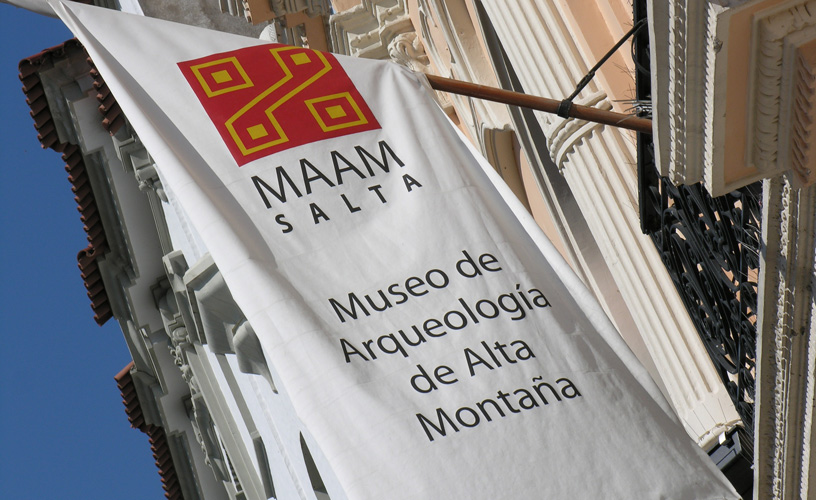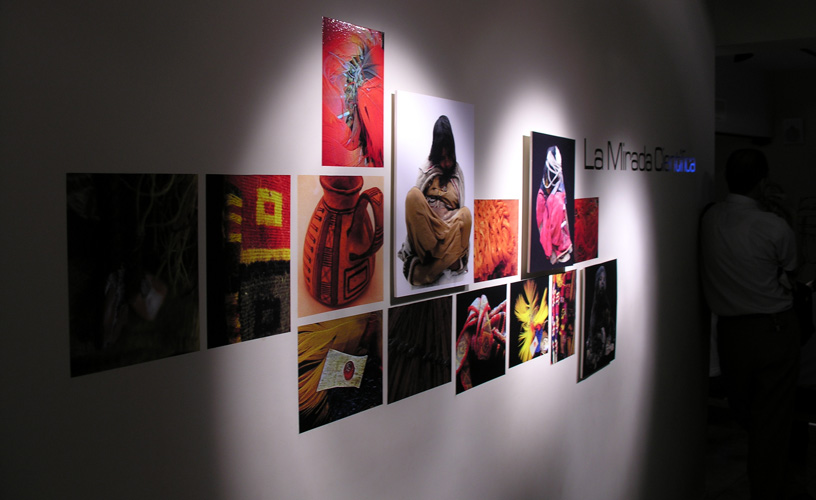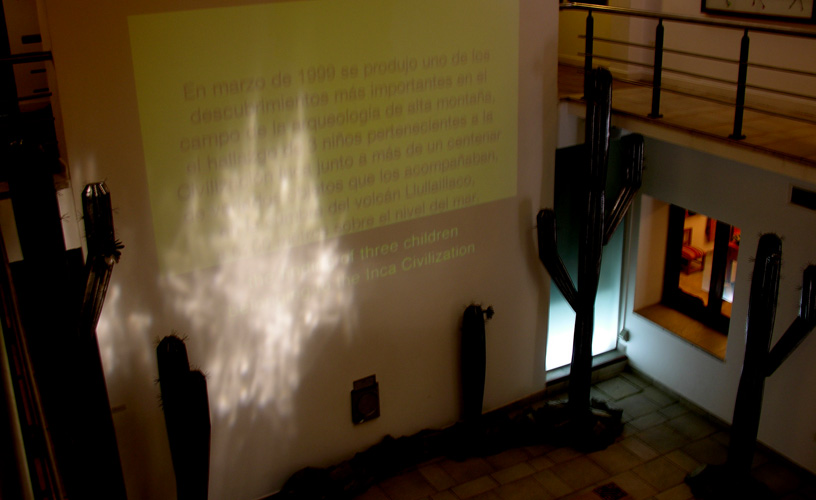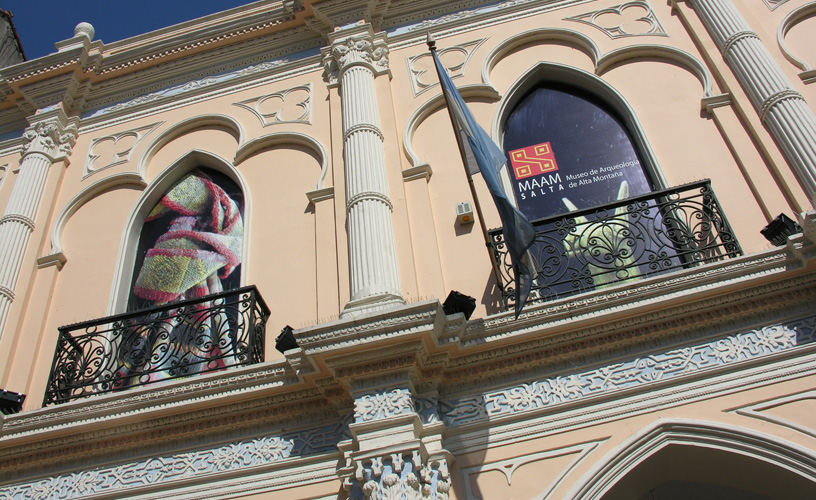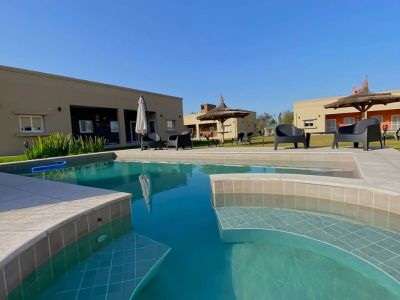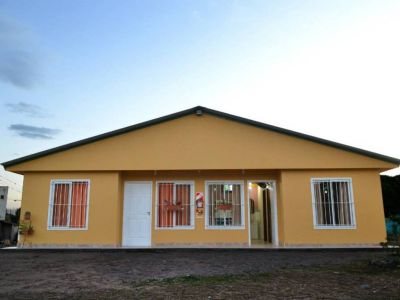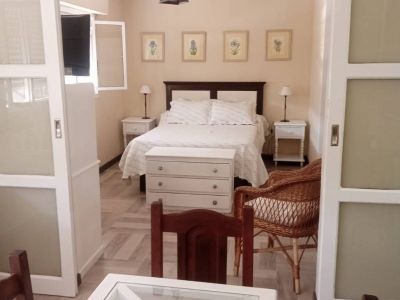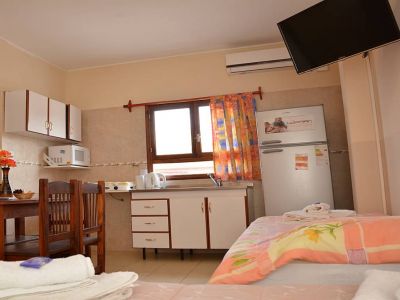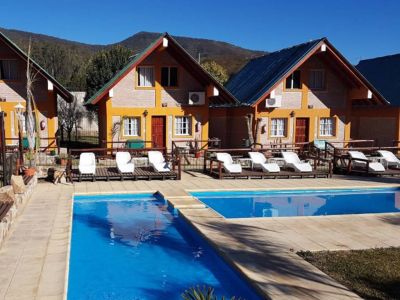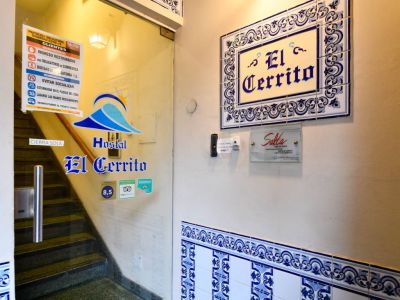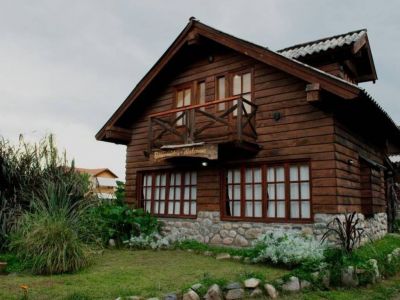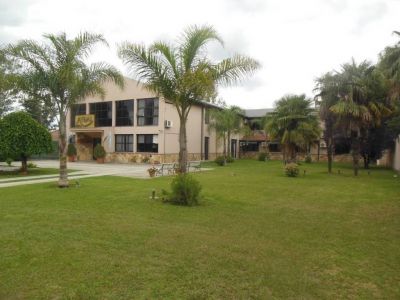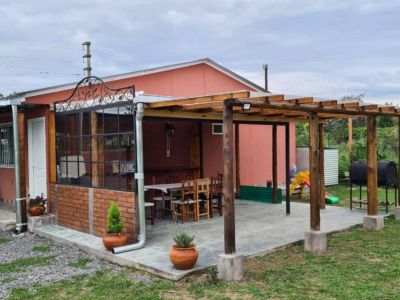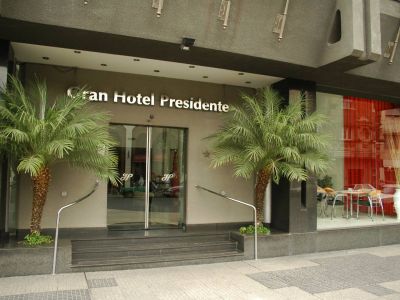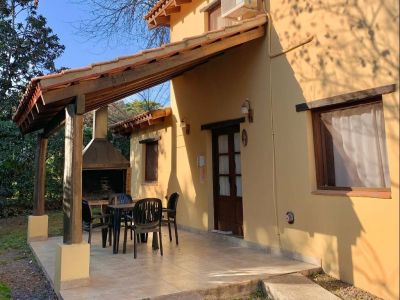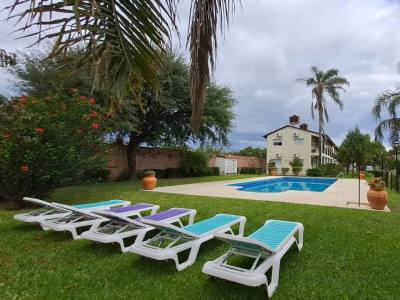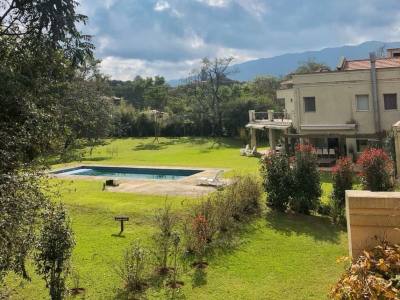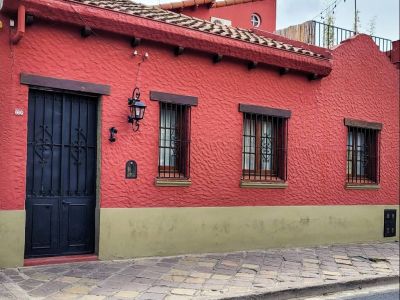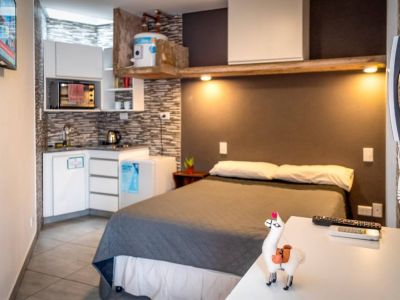The new Museo de Arqueología de Alta Montaña (High Country Archeology Museum) displays an invaluable archeological find discovered in the summits of the Llullaillaco Volcano, one of the sceneries chosen by the Incan culture for their ritual ceremonies.
When we entered the main hall of the new Museo de Arqueología de Alta Montaña (MAAM), we were surprised to see a crowd wandering about. It is usual to see all this activity during the inauguration of an exhibition, but it is quite rare to see it two weeks afterwards.
The building belonged to the Education Council of Salta. Repaired and conditioned for its new purpose, it has 6 permanent rooms, 3 temporary spaces, the scientific rooms, an auditorium and a coffee-shop. The design has been thought from a modern architectural perspective but its structure maintains various Incan symbolic traits.
In order to see this important cultural and scientific project better, before going through the rooms, we resolved to have a word with the museologist and director of the MAAM, Lic. Gabriel Miremont. Gabriel, who had presented its proposal of the museum to the government of Salta, told us about the archeological find and its dimensions. And, after an interesting chat, he was our guide in the tour around the museum.
The Sleeping Children from Llullaillaco
The snow-capped summits of the Llullaillaco Volcano, 6,700 meters above sea level, preserved three Incan children, protagonists of the capacocha, a ceremony during which they were sacrificed to act as mediators between the people and the gods.
Like other Andean sanctuaries, always located between 5,000 and 6,000 meters of height, the Llullaillaco Indian cemetery had managed to escape destruction by the conquest campaigns.
In 1999, a group of American, Argentinian and Peruvian scientists, lead by Dr. Johan Reinhard, made an expedition to the volcano and discovered the sanctuary.
For a moment, I imagined the feeling of finding this temple, untouched for over 500 years, and discovering three sleeping children inside.
“They are better preserved than any other mummy I have ever seen”, declared Reinhard for the National Geographic, which financed part of the project and published in its digital issue: “buried one and a half meter deep under rock and dirt, the bodies remained frozen after some 500 years, and they maintain the appearance of having just been buried".
This unprecedented kind of conservation is the result of the dryness of the air and the low temperatures, which allowed researchers to find the funerary bundles and the offers in the very same way they had been laid during the religious ceremony.
It is hard to believe Gabriel’s words when he emphasizes that the freezing condition has preserved the muscular build. “All the inner organs are untouched, as if they had died recently” he highlighted and added that none of the children presented any kind of traumatism, which makes death causes unknown.
With the help of DNA tests, the children’s exact age was determined: the maiden was 15 years old, there was a 6-year-old girl that was damaged by lighting, and a 7-year-old boy.
The Dowry
One of the archeology students from Salta who took part in the excavation helped extract the dowry of one of the children to the “huaca” (idol) and the pachamama (mother earth).
In his recount to the local media, he expressed: “there were beautiful artifacts, pottery with precious decoration, ‘chuspa’ (thread bags), rings, and the boy was wrapped in the "lliclla" (fine vicuña textile), which was folded in four like a little poncho, from the shoulders to his knee… as if it had been arranged yesterday".
These objects are part of the 140 pieces of the children’s dowry that are presently exhibited at the museum. The small mats, the textiles made of camelidae wool, the ceremonial dishes among other elements are distinctive symbols. The “yacoya” or white feathered headdress worn by the maiden and the tupos (joining of the ponchos) are representative of the female universe, whereas the slings and sea shells, among other ornaments, make reference to the masculine. In the same way, the unkus is one of the most precious pieces of the MAAM and, according to Gabriel, only three of them have been found in the world. This tunic or sleeveless shirt was worn by men and the thread hanging from the collar means that it was only worn during rituals. The complexity of the design, based on number 4 as a magical number, and the richness of colors indicate the high hierarchy of its owner.
As we walked around the exhibition, listening to compositions played by the symphonic orchestra of Salta with Pre-Columbian instruments, we tried to manage a better understanding of the Incan culture.
We accessed the fifth room, where the photos of the children are displayed, I was speechless immersed in a certain meditation.
The most important challenge for the MAAM is to show this significant find so that its visitors feel interested in learning, respecting and appreciating the richness of the Andean culture.
Karina Jozami
Pablo Etchevers
Phone: +54 387-4370592
